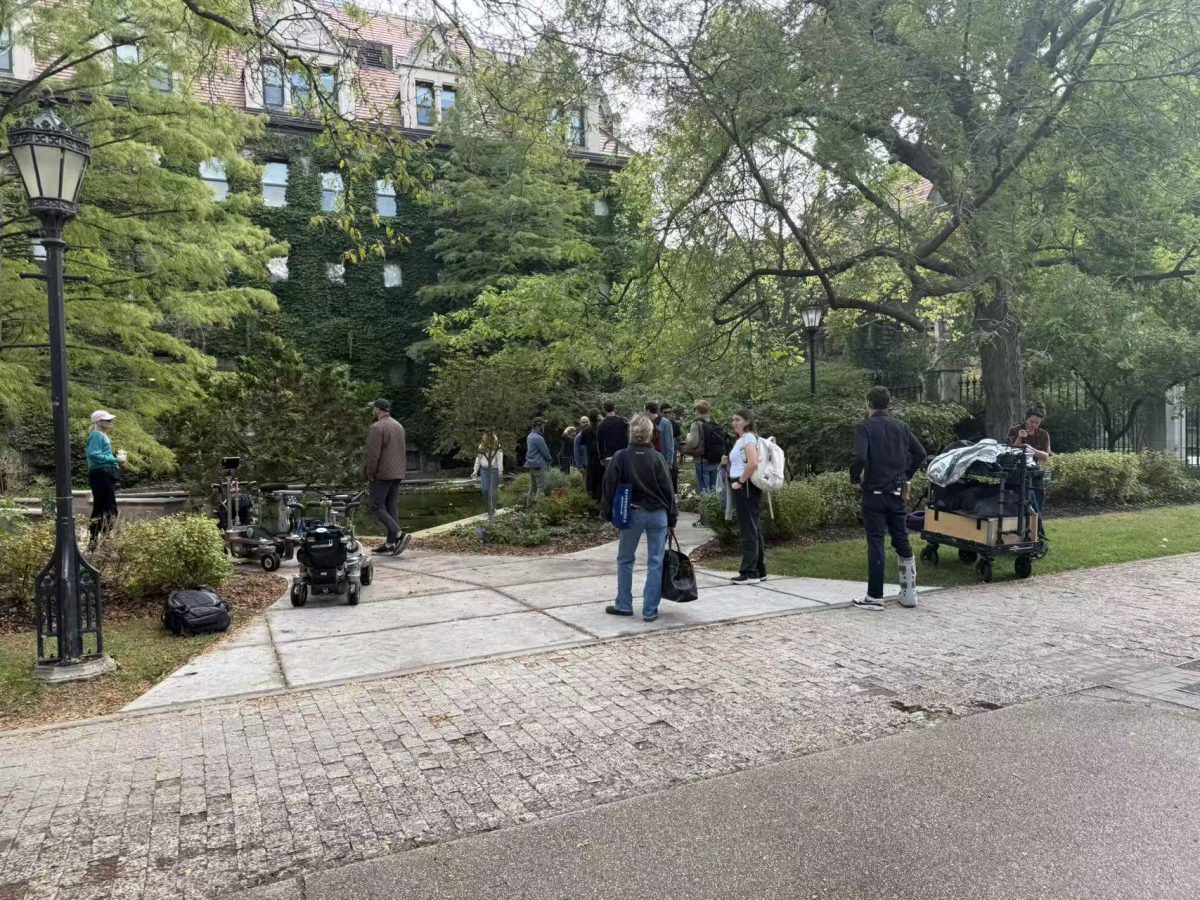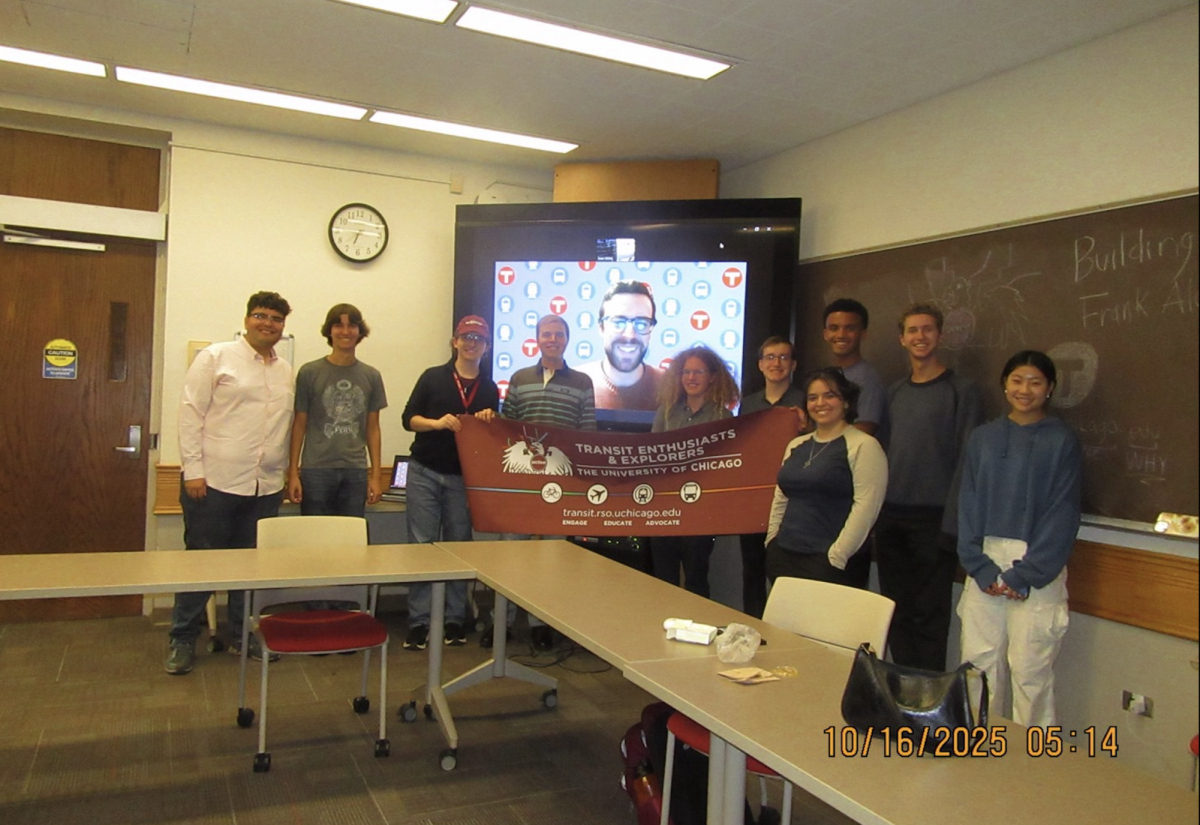[img id=”77367″ align=”alignleft”] Economics professor John List doesn’t see why economics has to be studied any differently from biology: other sciences run experiments to isolate a variable, and so should economics.
List teaches a class at the U of C on experimental economics. Where traditional economics relies on analyzing data from past events, experimental economists take a more active approach. List, with a team of grads and undergrads, doesn’t hesitate to set up field experiments to test his theories on everything from school incentives to discrimination against the disabled.
The U of C’s own Gary Becker published one of the first studies of discrimination in 1957, in which he pointed out that discrimination can be costly: Employers who refuse to hire candidates because of race forfeit potential productivity. “These employers would forgo profits to cater to their preferences,” List said.
That’s one kind of discrimination, called taste-based discrimination. But there’s another kind. “You and I both practice it. In fact, I think you probably approve of it,” he said. “When I was 16, I had to pay far more for my car insurance than I do now. Why?”
Statistical evidence shows that teen drivers, and specifically male teen drivers, are more likely to get into accidents. Thus, insurance companies charge them more. “This is statistical discrimination, and society says it’s okay,” List said. “Similarly, when I’m choosing graduate students for admissions, I discriminate on intelligence, and the ability to be good economists.”
But the line gets blurrier. “Say that I’m in admissions for the Booth School of Business. I want to choose people who will make a lot of money later on. Now I better be checking on physical attractiveness and height, because tall people statistically make more money. But society’s squeamish about that. It’s bad.”
In markets, it’s hard to tell which discrimination is occurring: taste-based or statistical. List wants to prove that he can use field experiments to tell which one is happening in a given situation.
He sent two groups of people to mechanics with cars that had broken front fenders. One group was disabled and came to the mechanic in wheelchairs. The others were able. Both asked for a price quote on fixing the fender.
The disabled group received price quotes 30 percent higher than the able group. List hypothesized that the mechanics thought the disabled customers were less likely to get quotes from rival mechanics—their search was costlier.
So he sent out a new group of disabled and abled customers. This time, both parties were instructed to say, “I’m getting three price quotes today. What can you offer me?” The price differential in their quotes dropped to zero.
“What this shows,” List explained, “is that what’s going on is probably statistical discrimination.”
Another study testing how incentives could be used to improve urban education, the Chicago Heights Miracle, is run in two Chicago Heights high schools. “They’re typical urban schools,” he said. “About 1,000 enter ninth grade, and less than 500 graduate.”
The schools’ administrations were interested in having List’s help. Donors provided $400,000, which List and his students channeled into a system of incentives. To test for systematic improvement, the team divided the students into five groups of 100 students each.
If in one month, a student earns all C’s or better, has no more than one unexcused absence, no in-school suspensions, and improves scores on a standardized tests, then he or she becomes eligible for one of four incentives.
One group got $50 in cash. Another’s parents received $50. The third group qualified to put their names in for a lottery to win $500, and the fourth group also had a lottery, but the prize money went to their parents. (The lottery drawings take place at a big pizza party each month, and the winners get an oversized check and a ride in a limo.) For each group, the expected value is the same: $50 per month. A control group was left to their own devices.
Though List and his team haven’t finished their analysis yet, he said the results look good. The control group got good grades and stayed out of trouble 25 percent of the time, while all four test groups saw their students reach those same benchmarks 35 percent to 40 percent of the time. “That’s pretty large,” List said. “What does it say? Incentives work.”
List said they haven’t seen large differences between the results for the four incentives, although the student lottery group came out slightly ahead. “We have two suggestive bits of evidence for that,” he said. “Students in the lottery group check their grades more often on the Internet. They also tend to qualify for all four outcomes more often.”
List has quite a few projects in the works. He doesn’t discriminate, either—he works with big private companies like Chrysler, which wants to design a program to incentivize losing weight for its line workers, and he also helps charities raise more money with their fundraising strategies. All the while, he’s getting data to test his economic theories.
“I see life as an experiment,” he said. “That’s my shtick. Then you can go out and run that experiment—and you can change the way people think.”








